Today News about GUNS-Florida, NRA square off over 2018 gun law-Sept 17, 2020
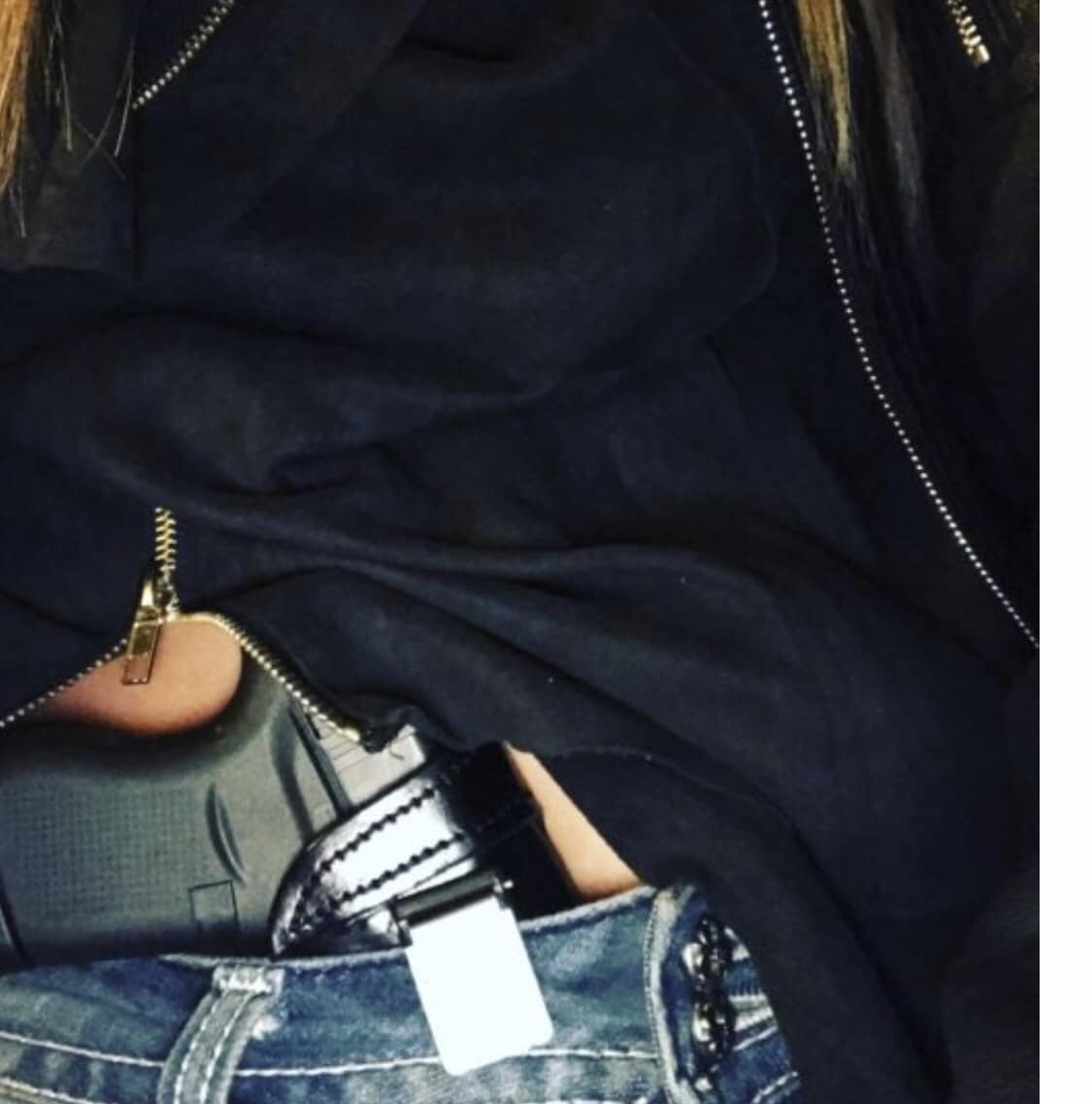
The two sides filed motions for summary judgment as they try to sway Chief U.S. District Judge Mark Walker, with gun-control groups also submitting briefs last week in support of the law.
After 17 people were killed at Marjory Stoneman Douglas High School in Parkland in 2018, the Legislature and then-Gov. Rick Scott approved a wide-ranging measure that includes the ban on gun purchases by people under 21. The NRA quickly challenged the ban and contended in its motion this month that the law violates Second Amendment and equal-protection rights.
“While Florida has an interest in promoting public safety, particularly in schools, it cannot show that the ban is the least restrictive means to advance that interest. Nor could any ban be,” NRA lawyers wrote in their Sept. 3 motion. “The ban infringes the right of all 18-to-20-year-olds to purchase firearms for the exercise of their Second Amendment rights, even for self-defense in the home. The ban does not just limit the right, it obliterates it. The ban could not possibly be the least restrictive alternative. Nor is there evidence in the record that the Legislature considered the availability of less restrictive alternatives.”
But attorneys for the state argued that people who are age 18 to 20 still have the right to possess guns if, for example, they receive the weapons from their parents. Also, the state said people age 18 to 20 are a “particularly high-risk group” and pointed to scientific evidence about impulsive and risky behavior.
“Empirical evidence bears out that because 18-to-20-year-olds are uniquely likely to engage in impulsive, emotional, and risky behaviors that offer immediate or short-term rewards, drawing the line for legal purchase of firearms at 21 is a reasonable method of addressing the Legislature’s public safety concerns,” the state’s Sept. 3 motion said.
Walker has scheduled a jury trial to start Jan. 11, according to a court docket. But if he grants summary judgment to either side, it would short-circuit the need for a full trial.
Federal law prevents licensed firearm dealers from selling handguns to people under age 21, but the Florida law goes further by banning all gun purchases by people in that age group, according to court documents.
The Republican-dominated Legislature scrambled to act after 19-year-old Nikolas Cruz was accused of using a semi-automatic weapon to kill 17 students and faculty members and injure 17 others at Marjory Stoneman Douglas, his former high school. Cruz continues to await trial on murder charges.
The NRA filed the lawsuit immediately after the gun-purchase ban passed, but the case has moved slowly, at least in part because of a dispute about an NRA attempt to allow two opponents of the law to participate in the case anonymously — an idea that ultimately was dropped. A named plaintiff, Radford Fant, joined the case.
Walker in May rejected a state request to dismiss the case. He made clear that he was not ruling on the NRA’s underlying arguments that the law is unconstitutional, only that the case should be allowed to move forward.
While the NRA has fought the law, gun-control groups have lined up with the state. Those groups filed two friend-of-the-court briefs last week contending that the law should be upheld.
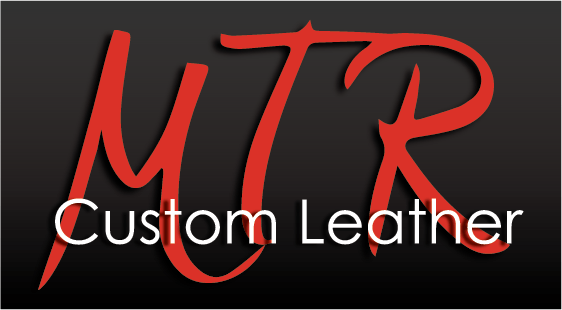
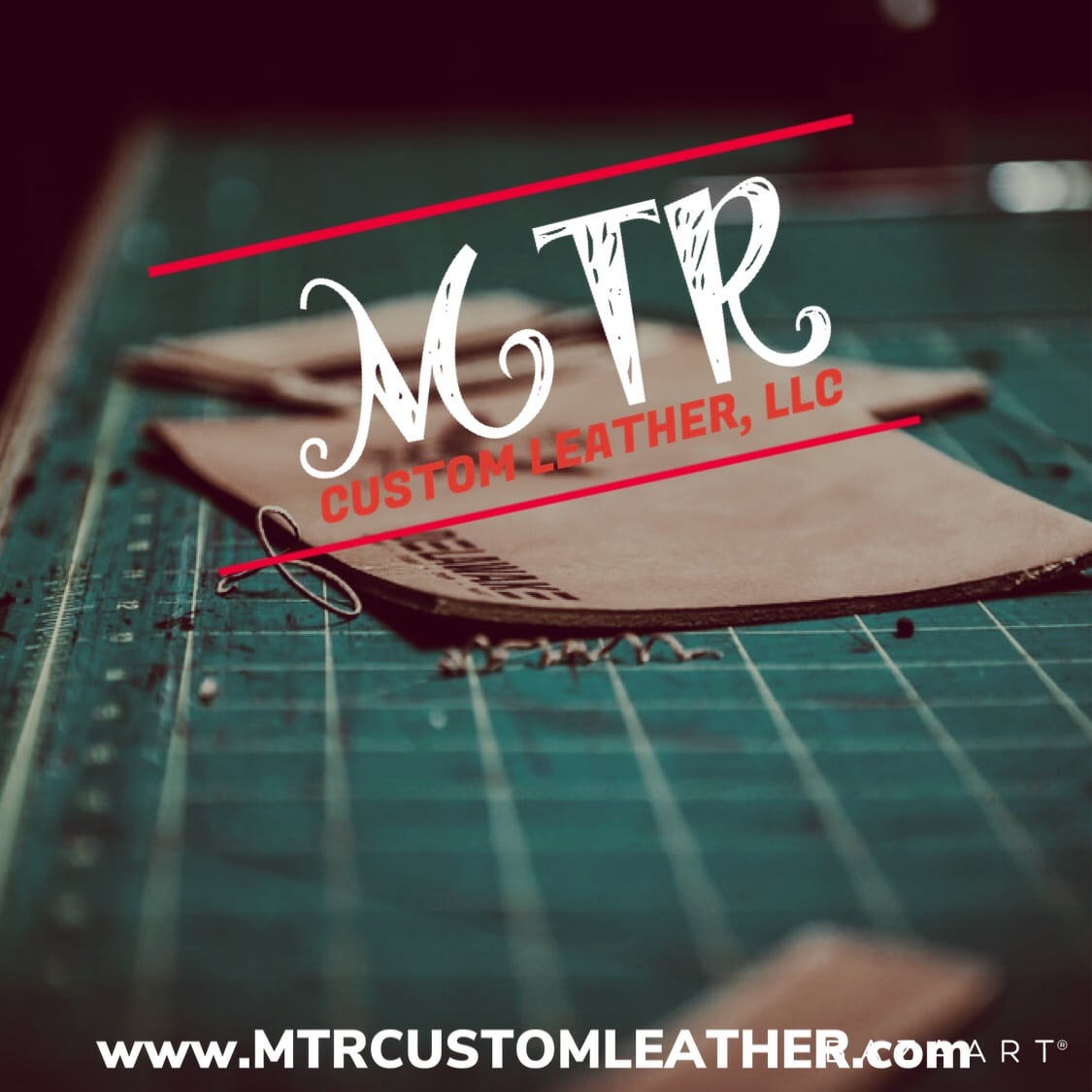
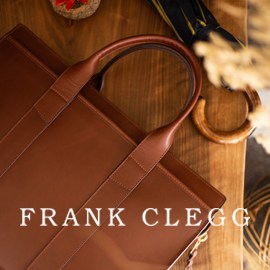
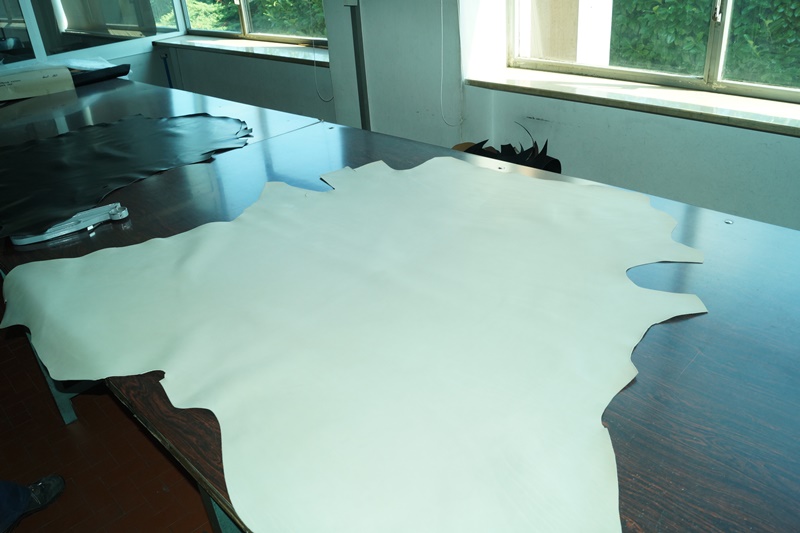
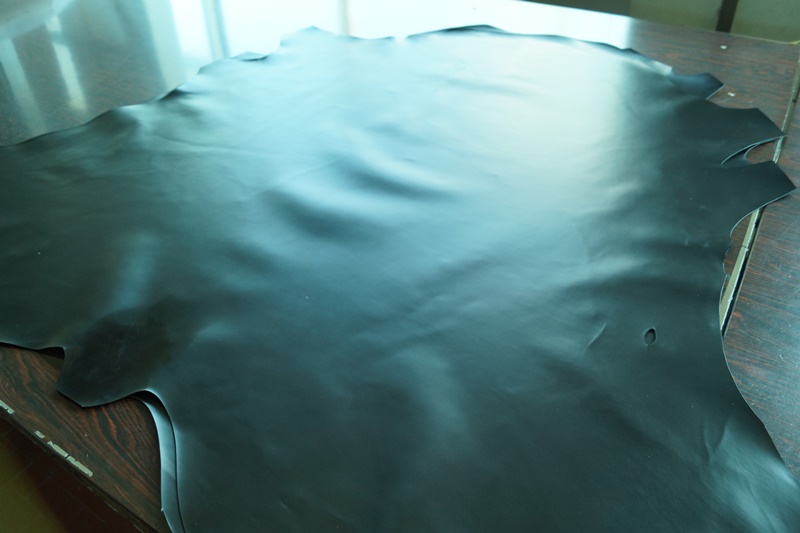
 . Some notable tanneries producing Box calf are Weinheimer for Black calf, Du Puy and Annonay for everything else.
. Some notable tanneries producing Box calf are Weinheimer for Black calf, Du Puy and Annonay for everything else.




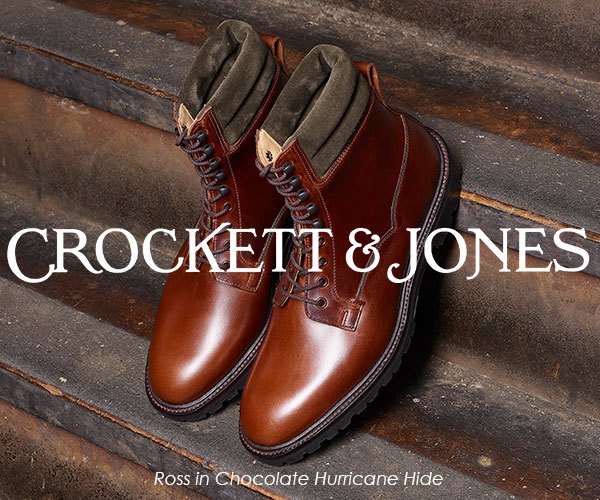
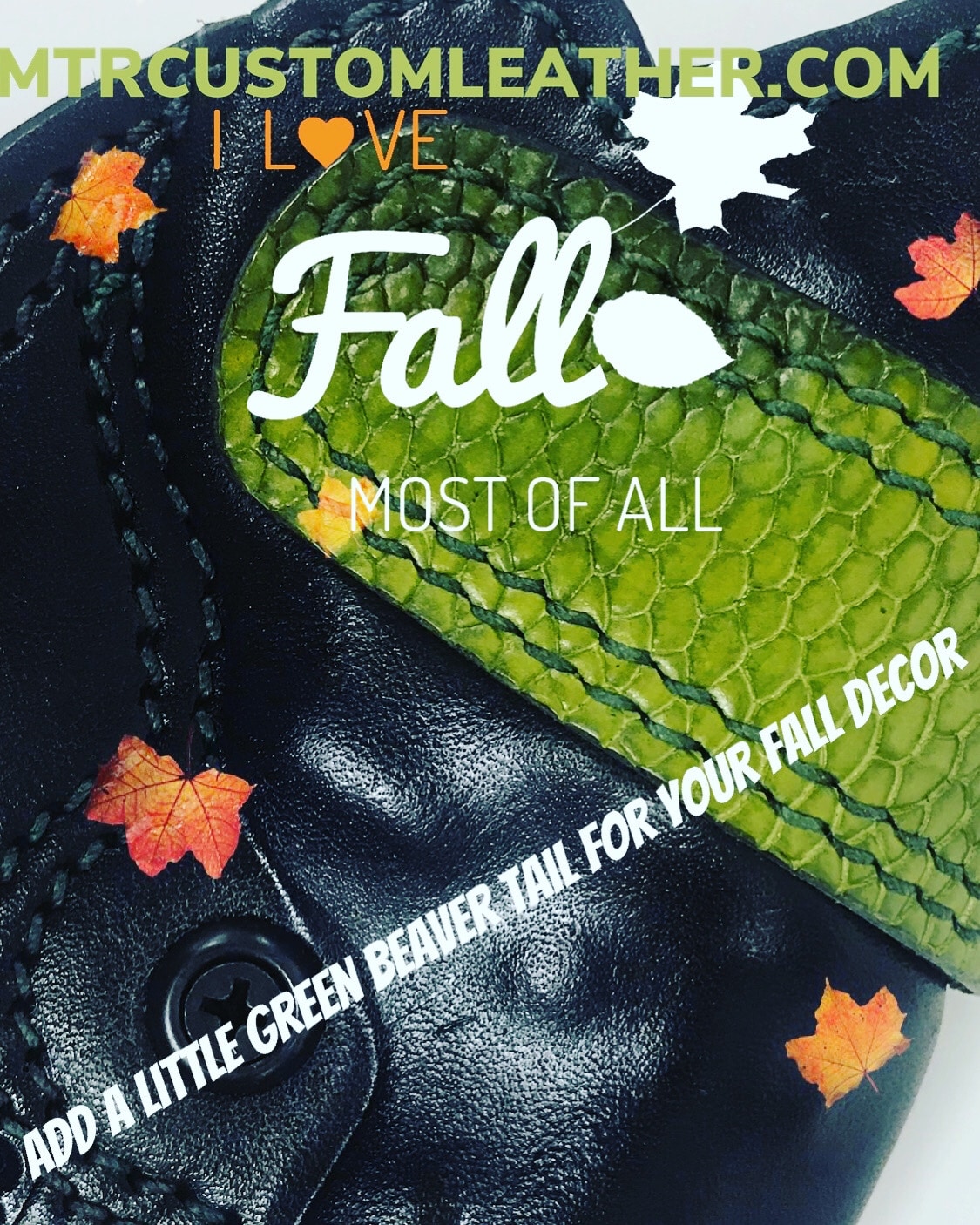
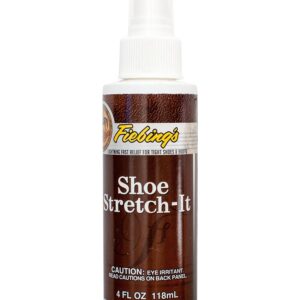
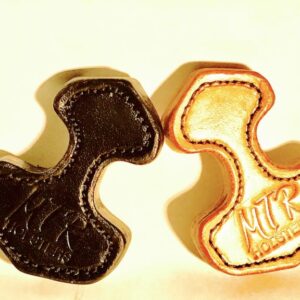
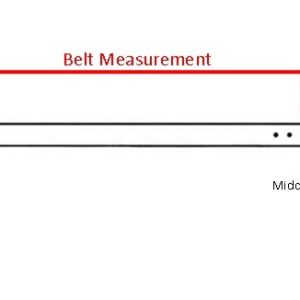

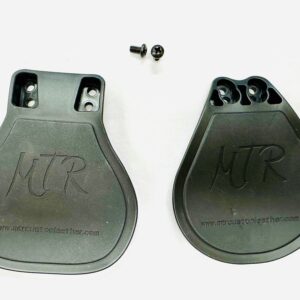
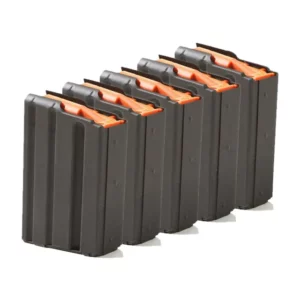
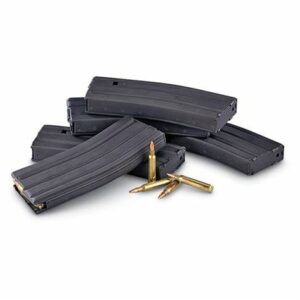
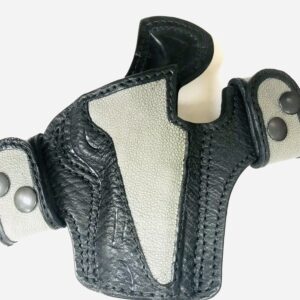
Recent Comments